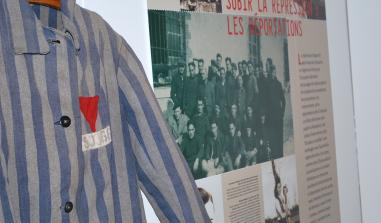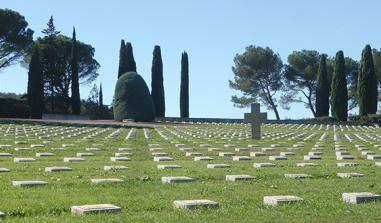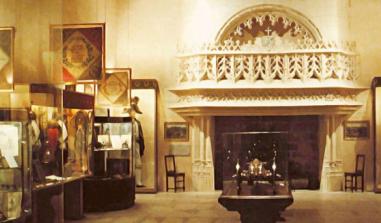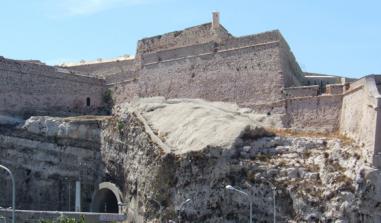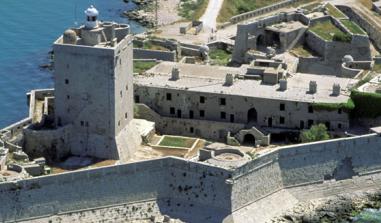Memorial of La Marseillaise

Rouget de l'Isle singing La Marseillaise, 25 April 1792, by Isidore Pils.Source: Historical Museum of Strasbourg
This memorial traces the history of one of the strongest symbols of the Republic of France: La Marseillaise national anthem.
Inaugurated in March 2011, in Marseille, the memorial of La Marseillaise traces, in a unique setting, the history of one of the strongest symbols of the Republic of France: La Marseillaise national anthem.
It spread as far as Montpellier, and the song, called "Chant de guerre des armées aux frontières" (war song of frontier-based armies) was sung in Marseille by a delegate of the Club des Amis de la Constitution, François Mireur, a future general. He coordinated the departure of volunteers from the Midi region for the front; he began singing the song during a banquet and it was received with great enthusiasm. The song was published and printed the following day and adopted by the federates of Marseille as a marching song.
These soldiers sang it triumphantly all the way to the Tuileries, on 30th July 1792. Parisians, without a care for the official title, gave the song a name, which would stick: La Marseillaise. This name expresses the unity of the fighting nation, from Strasbourg to the Midi, passing through Paris. On 14th July 1795, although rivalled by another song, "Le Réveil du Peuple" (the awakening of the people), La Marseillaise was declared the "national anthem" by the Convention.
It was banned under the Empire and the Restoration, but was revived and honoured during the 1830 Revolution. The fate of La Marseillaise is thus closely tied with the history of the French Republic. In 1879, Jules Grévy, President of the 3rd Republic, made this well-known and patriotic song the national hymn for France once and for all. The official version was adopted in 1887.
It was banned in the occupied zone in the Second World War, but La Marseillaise was reinstated as the national anthem under the 4th and 5th Republics, and written into article 2 of the Constitution.
Beyond its political posterity, La Marseillaise had a significant musical influence. In 1830, Berlioz composed an orchestral arrangement which he dedicated to Rouget de l'Isle, with the dedication "For everything which has a heart, a voice, and blood in its veins". In 1872, Franz Liszt composed a fantasy for piano to the tune of La Marseillaise. Igor Stravinsky made a transcription for the solo violin and Dimitri Chostakovitch used it for the music of the film, The New Babylon. Pierre Dupont, chief of music of the Republican Guard between 1927 and 1944, composed the official arrangement of the national anthem and it is version which is still in use. A number of artists, from opera singers to variety singers, have given their voice to this song and invented many different interpretations.
By creating a Memorial, the city of Marseille wanted to trace the history of the French national anthem from its origins and recall the active role of the people of Marseille in the French Revolution. The former Club des Jacobins was chosen for the site, as it wasn't far from here that Marseille federates left for Paris, in 1792, singing the revolutionary song.
The site covers an area of 300 m2 and is based on three themes. The Salle des Marseillaises shows visitors some of the different versions or variants of the revolutionary song and its interpretations (there are over 600), from its origin to the present day. In the Salle des Doléances, nine sculptures representing historic or fictional characters come to life one by one in a lively dialogue. Mirabeau, Moisson, La Cayolle, etc., comment, from Marseille, on the French Revolution and the role played by the city's residents during these events. Lastly, in the Salle du Jeu de paume, visitors are plunged into the time of the revolution thanks to multimedia equipment with images and sound. They can experience the march of the federates to Paris, to the rhythm of La Marseillaise.
In December 2013, the town council voted for the Memorial of La Marseillaise to be attached to the Musée d'Histoire de Marseille.
Memorial of La Marseillaise
23-25 rue Thubaneau 13001 Marseille
Tel.: +33 (0)4 91 91 91 96
Open daily from 10 am to 7 pm
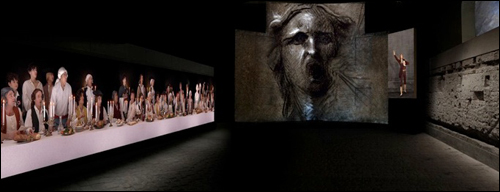
Salle du jeu de paume. Source : Mémorial de la Marseillaise
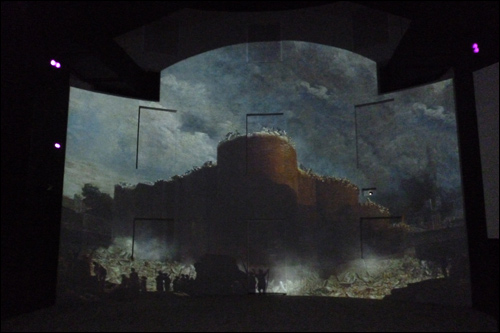
Salle du jeu de paume. Source : Mémorial de la Marseillaise
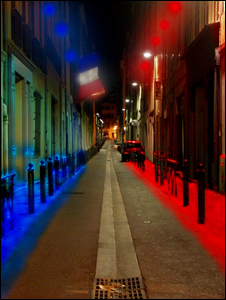
Mémorial de la Marseillaise, rue Thubaneau. Source : Mémorial de la Marseillaise
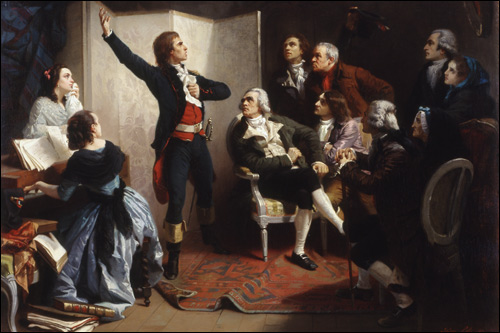
Rouget de l'Isle chante La Marseillaise, 25 avril 1792, par Isidore Pils.
Source : Musée historique de Strasbourg
Practical information
23-25 rue Thubaneau 13001
Marseille


